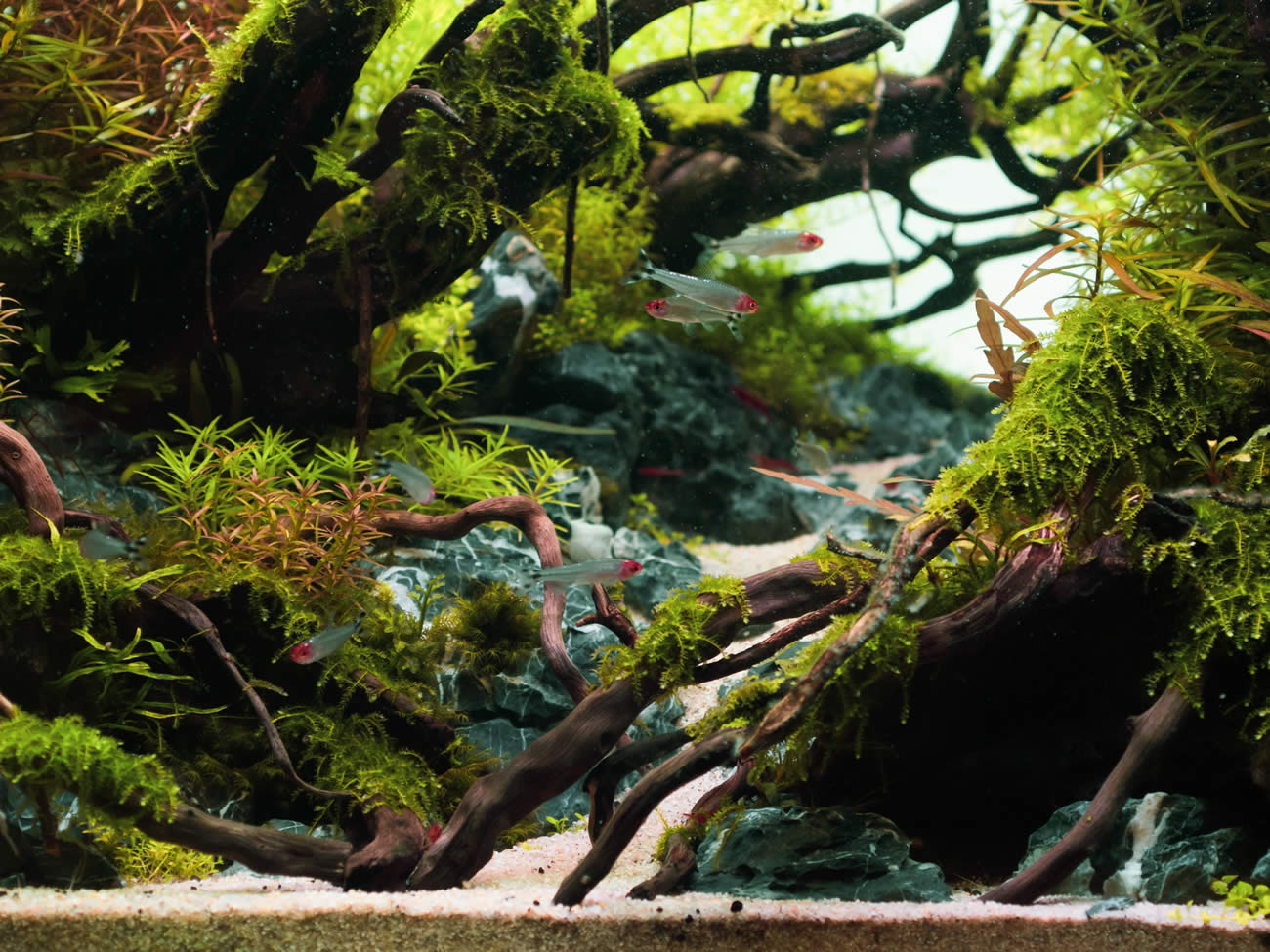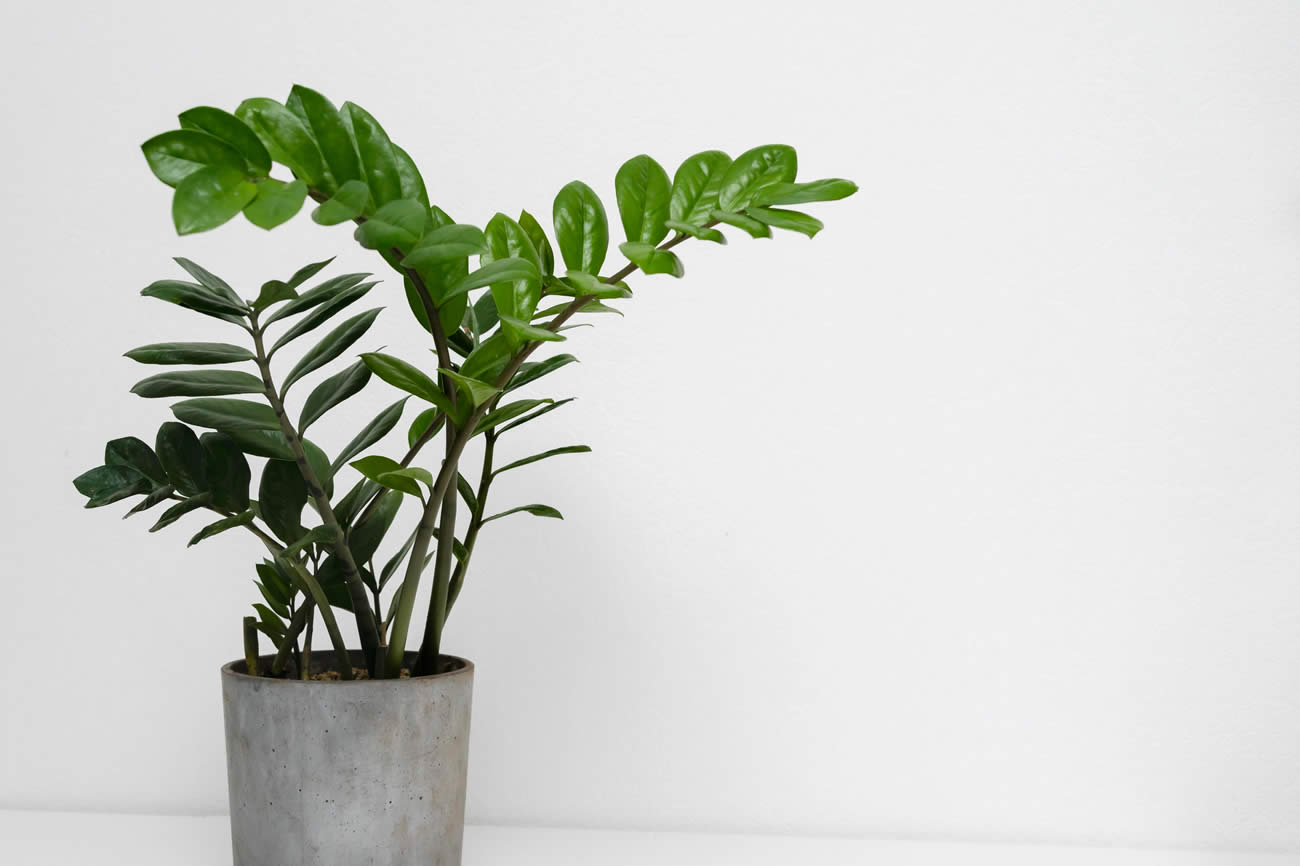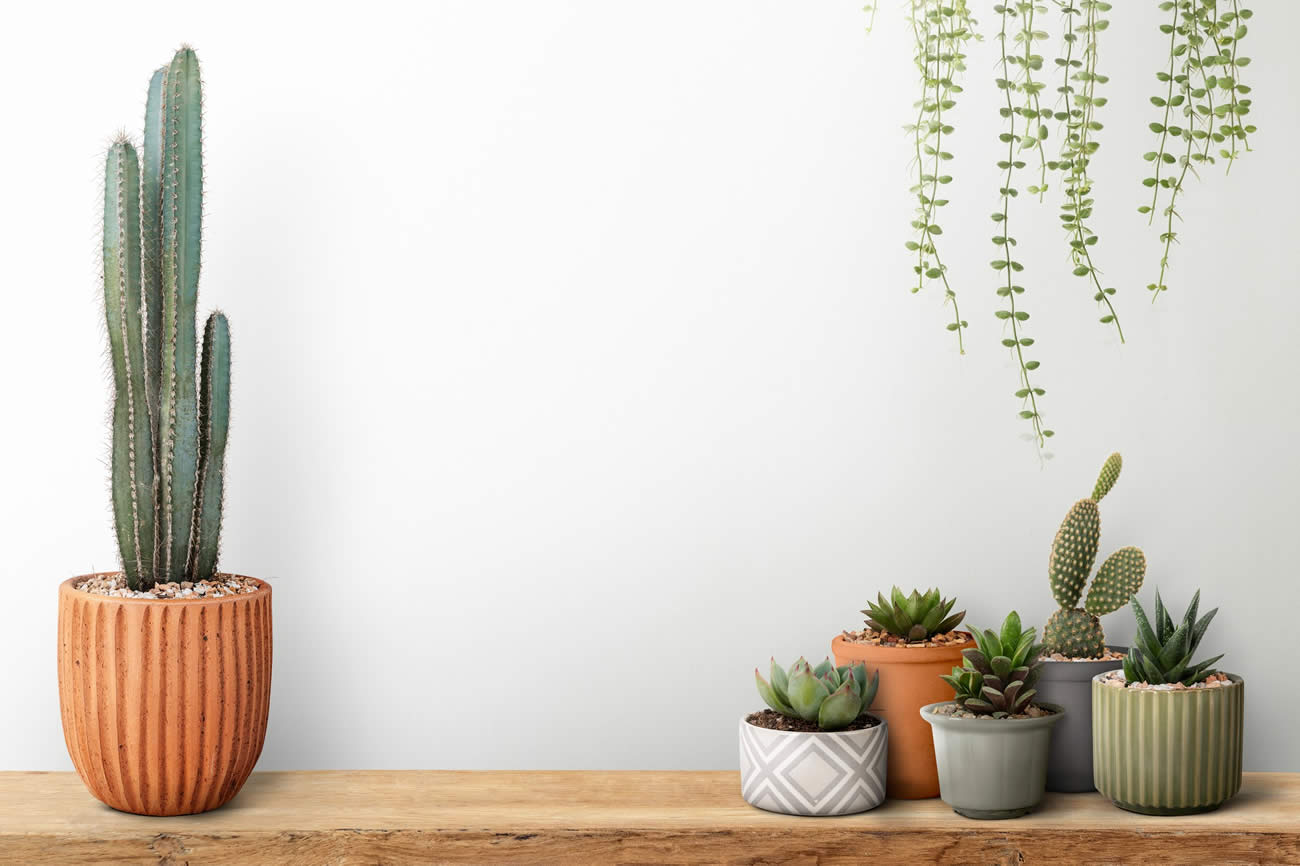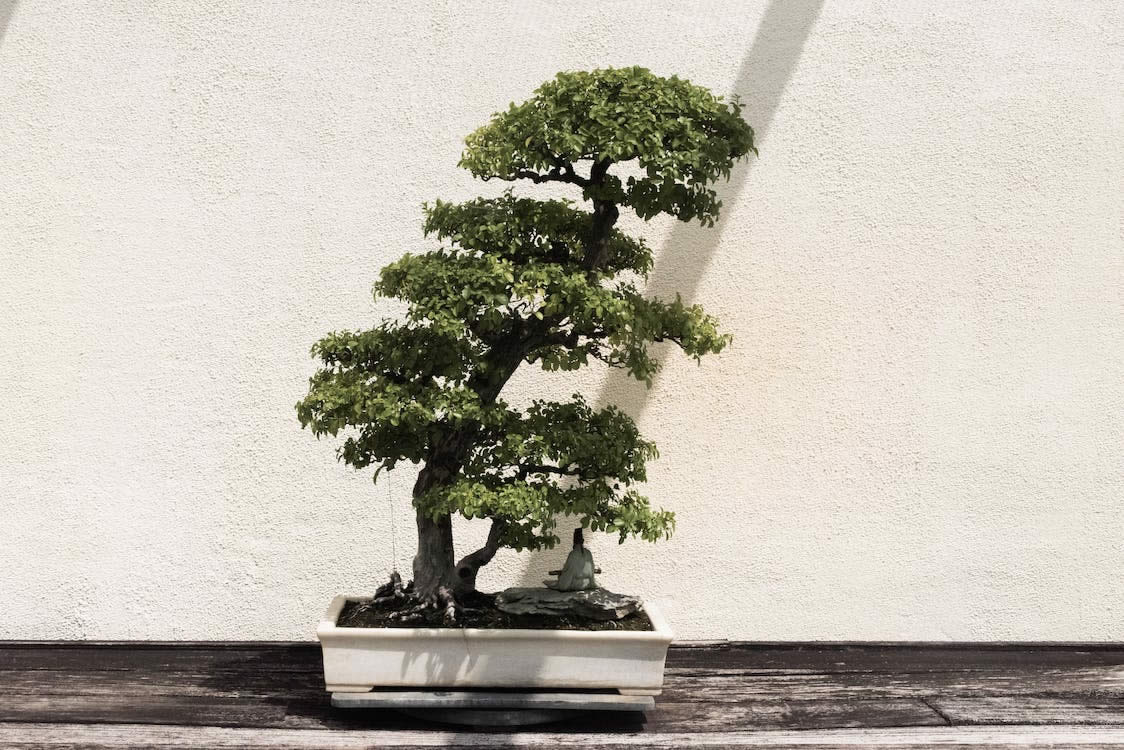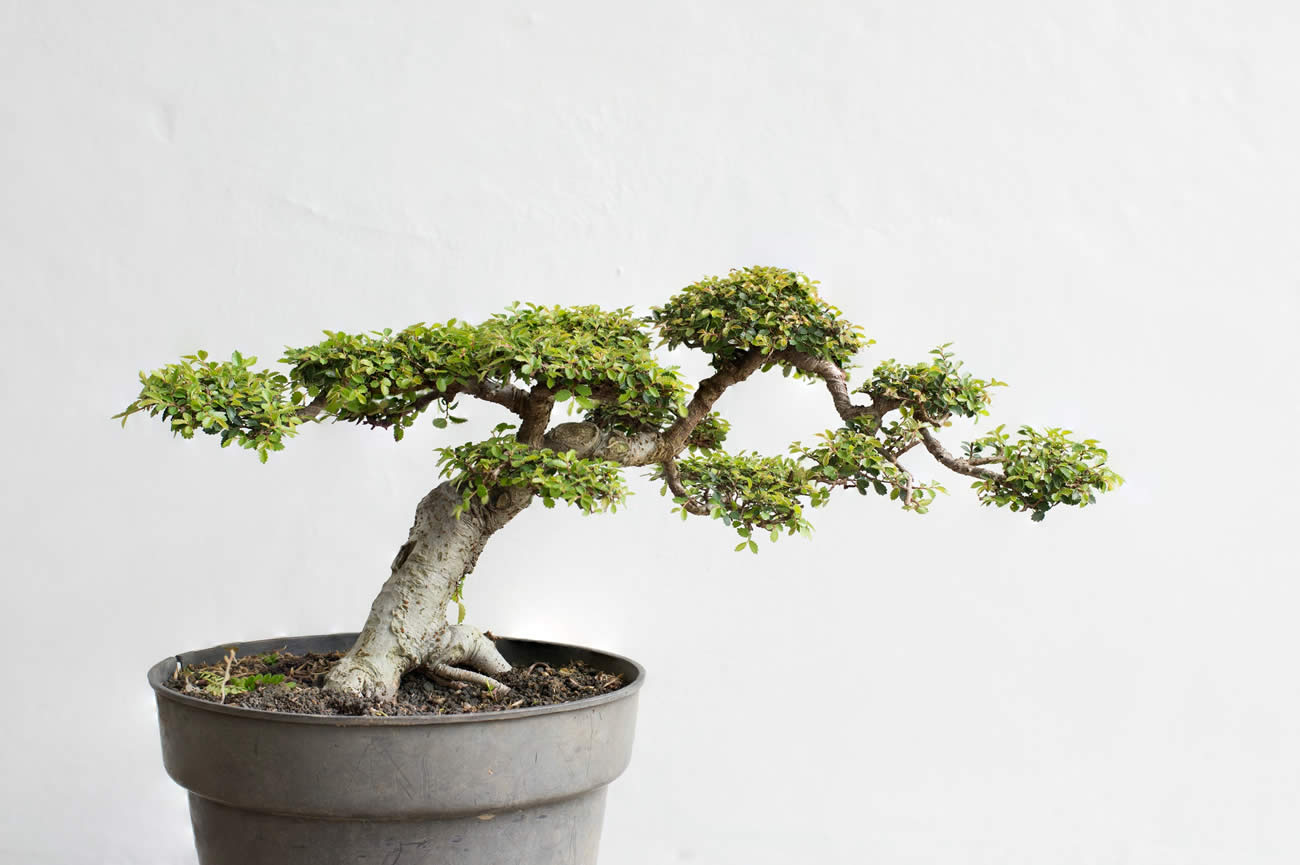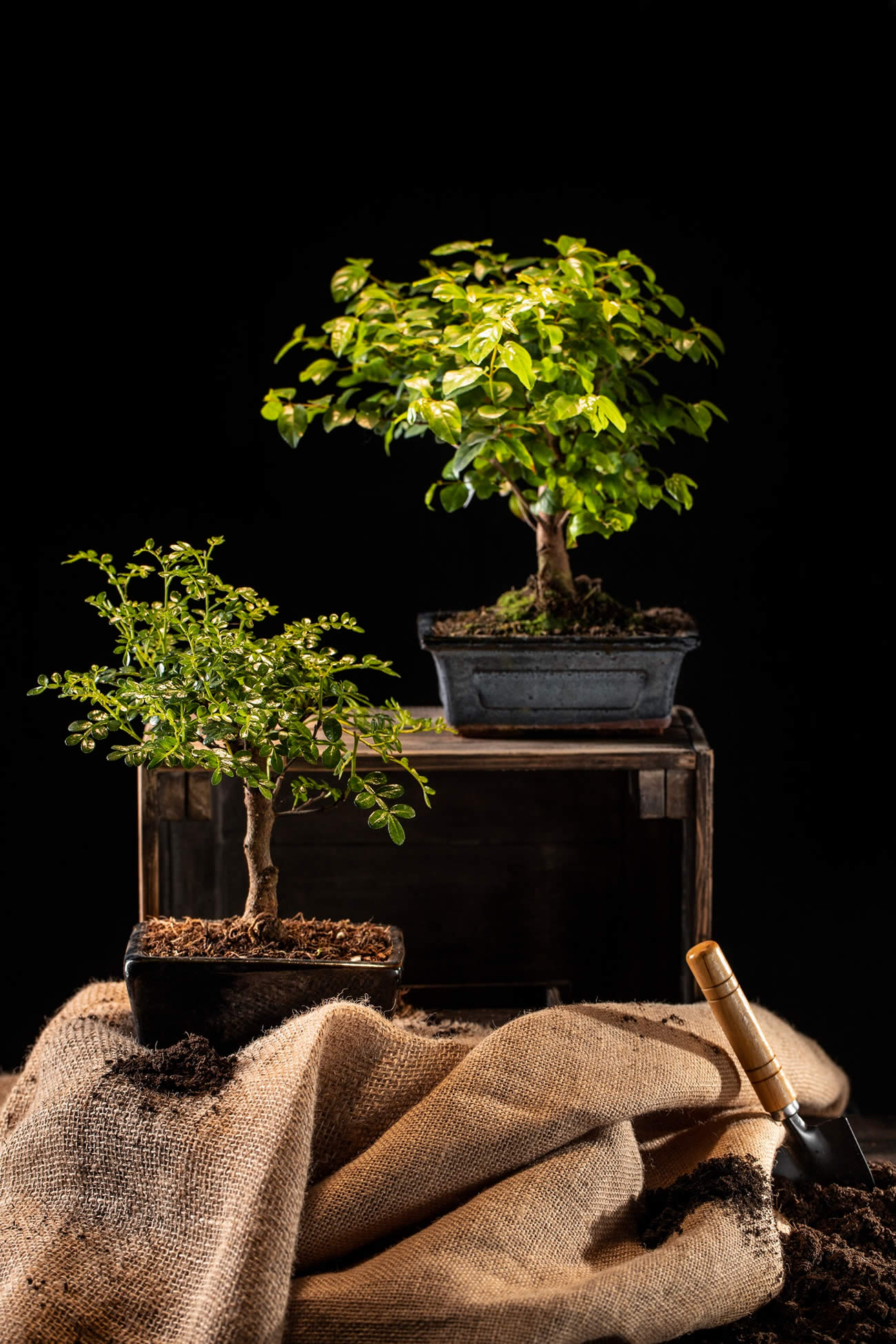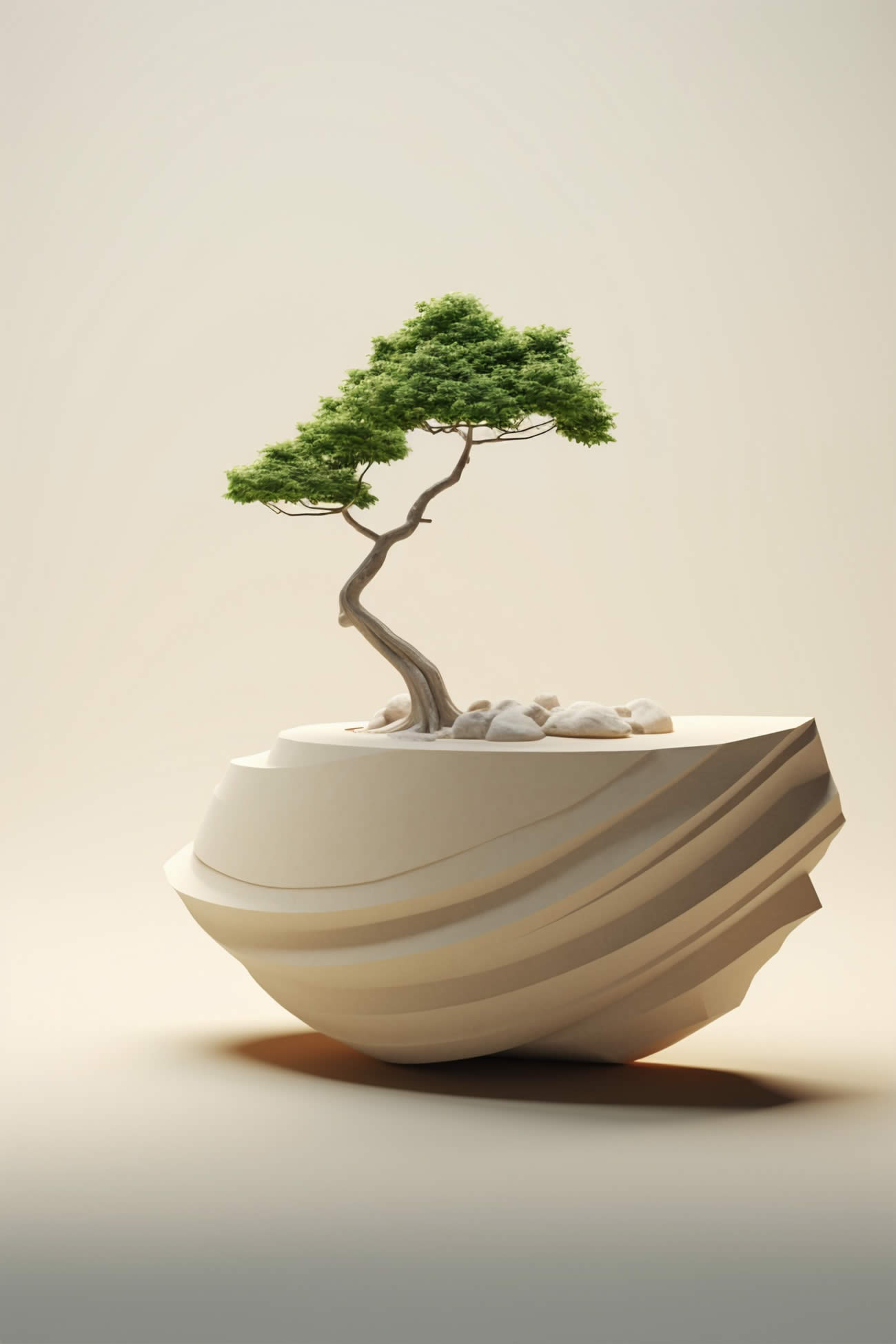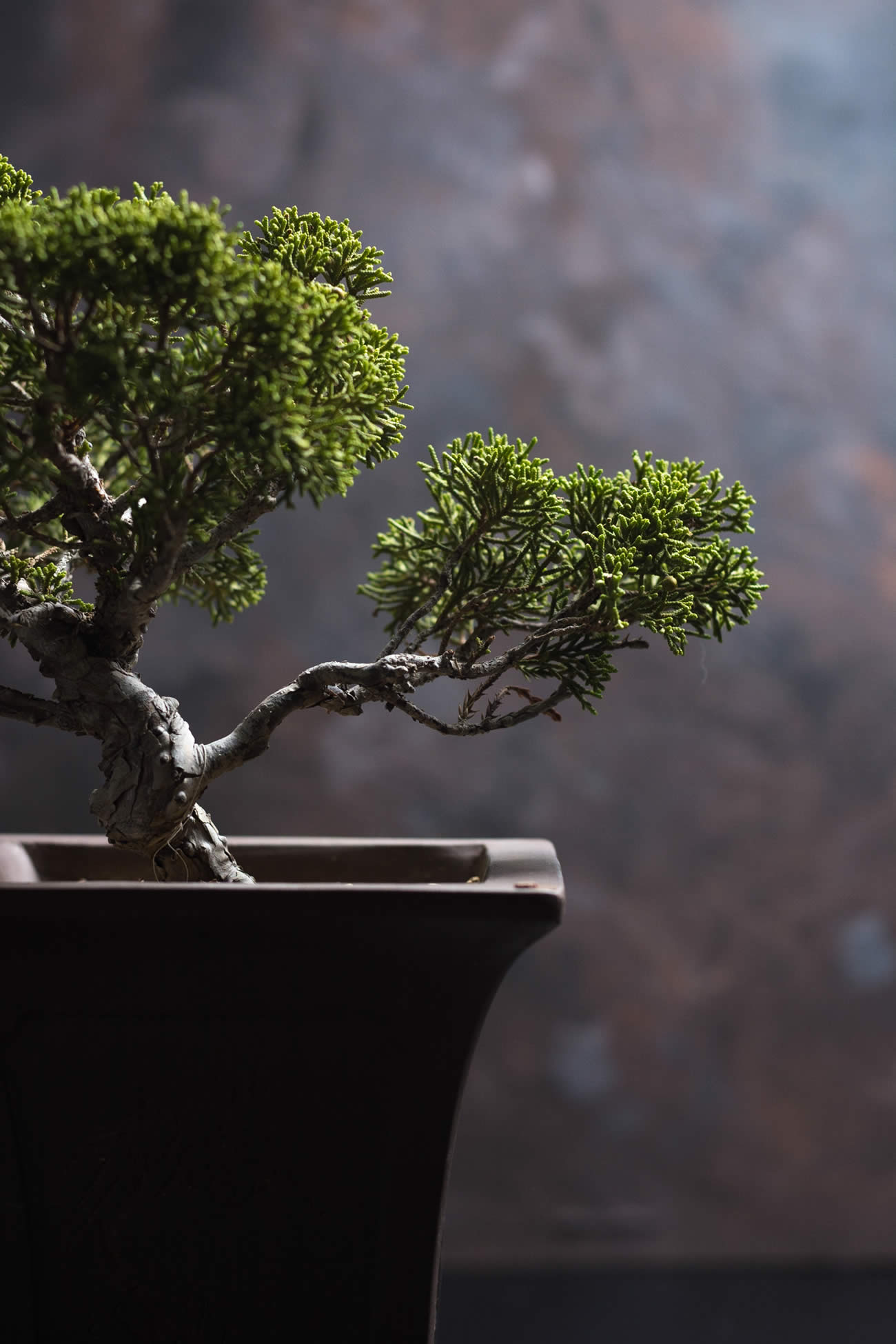When it comes to repotting your bonsai tree, timing is crucial for its overall health and growth. It is highly advisable to perform this task during the active growth period, which typically occurs in the spring or summer months when the tree is more receptive to the transplanting process.
Furthermore, one of the key indicators that your bonsai tree requires repotting is if it has been residing in its current pot for more than two years. Over time, as the tree continues to grow within the same container, its roots become tightly bound, resulting in limited nutrient availability and restricted space for further development.
[cp_popup display=”inline” style_id=”32773″ step_id = “1”][/cp_popup]
By carefully transplanting your bonsai into a larger pot with ample room for root expansion, you create the ideal conditions for its roots to spread out and absorb essential nutrients. This promotes healthy growth, improves overall vitality, and provides your bonsai with the optimal environment to flourish and thrive. So, ensure to give your bonsai the attention it deserves by repotting it at the right time and providing it with the necessary space for continued development.
How To Repot A Bonsai Tree
To repot and look after a bonsai tree, you will need the following materials (links open in a new window):
Instructions to help revive a bonsai tree
- Water and trim the bonsai tree thoroughly a few days before repotting. This will help to loosen the roots and make them easier to work with.
- Remove the bonsai tree from its current pot. Be careful not to damage the roots.
- Trim (if not already) any dead or damaged roots with root shears.
- Use wire cutters to remove any wires holding the bonsai tree in place.
- Place a layer of bonsai potting mix in the new pot.
- Place the bonsai tree in the new pot and centre it.
- Fill around the bonsai tree with bonsai potting mix, and tamp it down gently to remove any air pockets.
- Water the bonsai tree thoroughly to help it live longer.
Here are some additional tips for repotting a bonsai tree
- Repot the bonsai tree during the growing season, typically from spring to fall.
- Do not repot the bonsai tree more than once every two to three years or when it becomes rootbound.
- Choose a bonsai pot that has drainage holes.
- Use a bonsai potting mix that is specifically designed for bonsai trees.
- Be careful not to overwater the bonsai tree after repotting.
After repotting, the bonsai tree may need a few weeks to adjust to its new pot. During this time, it is important to keep the bonsai tree in a shady spot and to water it regularly. Once the bonsai tree has adjusted to its new pot, you can begin to fertilize it again.
With proper care and attention, your bonsai tree will not only thrive but continue to flourish in its new pot for many years to come. Repotting is a crucial aspect of bonsai tree care, ensuring its health and growth. While it may seem confusing at first, understanding the process will help you navigate through it with ease.
When the time comes for repotting, you’ll gently remove the old soil and rootball from the pot, allowing you to examine the roots. By carefully pruning any damaged or tangled roots and adding fresh soil, you provide your bonsai tree with ample space to develop new roots and thrive even further.
If you’re new to the art of bonsai, it’s worthwhile to delve deeper into understanding what bonsai trees are and how to care for them. Before embarking on the repotting journey, take a moment to explore our comprehensive “How To Grow A Bonsai” page, filled with valuable tips on nurturing your own bonsai tree from seed or cutting. Additionally, if this is your first time repotting any plant, our “Tips For Successful Repotting” guide can offer you guidance and support throughout the process.
Remember, every step you take in caring for your bonsai tree contributes to its long-term health and beauty. So take the time to educate yourself and enjoy the rewarding experience of tending to your bonsai companion.
How To Repot A Bonsai Tree
If you have already successfully nurtured and grown your bonsai from a tiny seed or a cutting and have been diligently caring for it in its original pot, then the process of repotting should be relatively straightforward for you. Repotting a bonsai tree is a crucial step in its continued growth and health. There are various techniques and approaches to repotting a bonsai tree, but the most commonly practised method involves delicately removing the old soil from around the intricate network of roots, ensuring no damage to them, and then gently introducing fresh, nutrient-rich soil back into the pot.
Alternatively, you can also opt to use pebbles as an alternative to soil, which can contribute to a unique aesthetic appeal. Taking the time and care to repot your bonsai tree will not only support its long-term vitality but also provide you with an opportunity to observe and connect with the intricate beauty of this captivating living art form.
- Remove the old pot.
- Wash the root ball and remove dead roots with a wire brush or small knife.
- Remove any loose soil from the roots, then place it in a new container that is at least one size larger than the old container.
- Fill in around the root ball with bonsai mix, firming it gently with your hands as you go along. Do not pack down or tamp down when you fill in around the root ball.
- Water thoroughly to help settle everything into place.
Repotting a bonsai tree is a crucial and intricate process that plays a vital role in the care and maintenance of your beloved bonsai. It involves delicately removing the old soil from the roots, stimulating new growth on the trunk, branches, and leaves, and nurturing the overall health of the tree. The frequency of repotting varies depending on the specific type of bonsai you own and how frequently you engage in pruning activities. By performing this meticulous task, you not only ensure the longevity and well-being of your bonsai but also deepen your connection with the art and beauty of this ancient horticultural practice.
Artificial Bonsai Trees
Artificial bonsai trees are not only a great way to add a splash of colour to your home or office, but they also bring a touch of nature indoors without the need for constant maintenance. These miniature trees are meticulously crafted to resemble their living counterparts, complete with intricate details on the leaves and branches.
Whether you prefer a vibrant cherry blossom bonsai or a lush pine bonsai, there is a wide range of styles, sizes, and colours to choose from, ensuring that you can find the perfect one to suit your taste and decor. These beautiful and versatile decorative pieces also make for thoughtful and unique gifts for any occasion, bringing a sense of tranquillity and natural beauty to any space.
If you’re looking for artificial bonsai trees, then you’ve come to the right place. We have an extensive selection of high-quality artificial bonsai trees that will fit any decorating style, from traditional Japanese style to contemporary Western design.
Introducing our exquisite collection of artificial bonsai trees, meticulously crafted from durable resin material. Our diverse range features an array of sizes, from charming tabletop trees to majestic floor models. With their lifelike appearance, these indoor trees can be tastefully displayed in any corner of your home or office, instantly infusing each space with vibrant colours and unparalleled beauty. Elevate the ambience of every room with these captivating botanical masterpieces.

